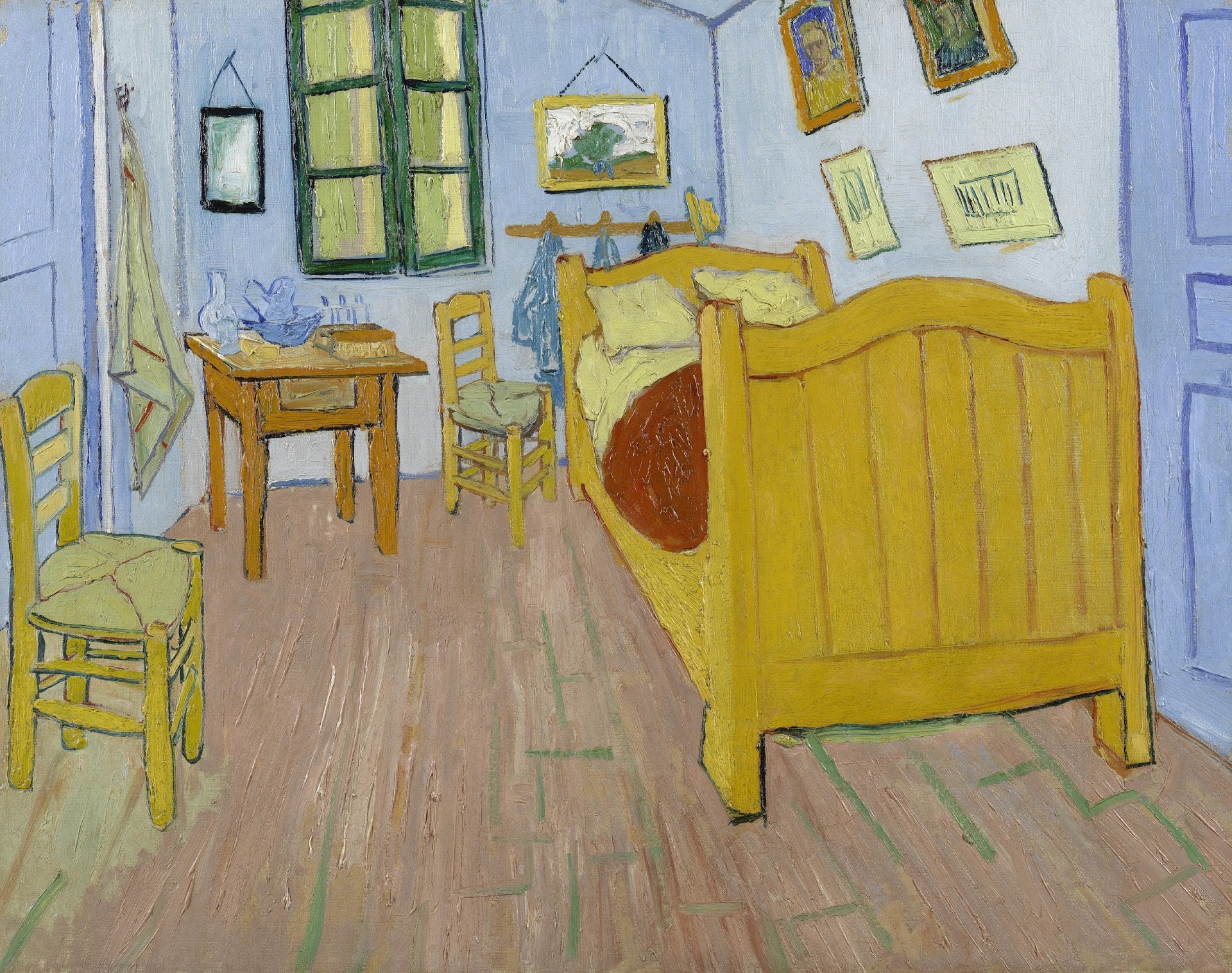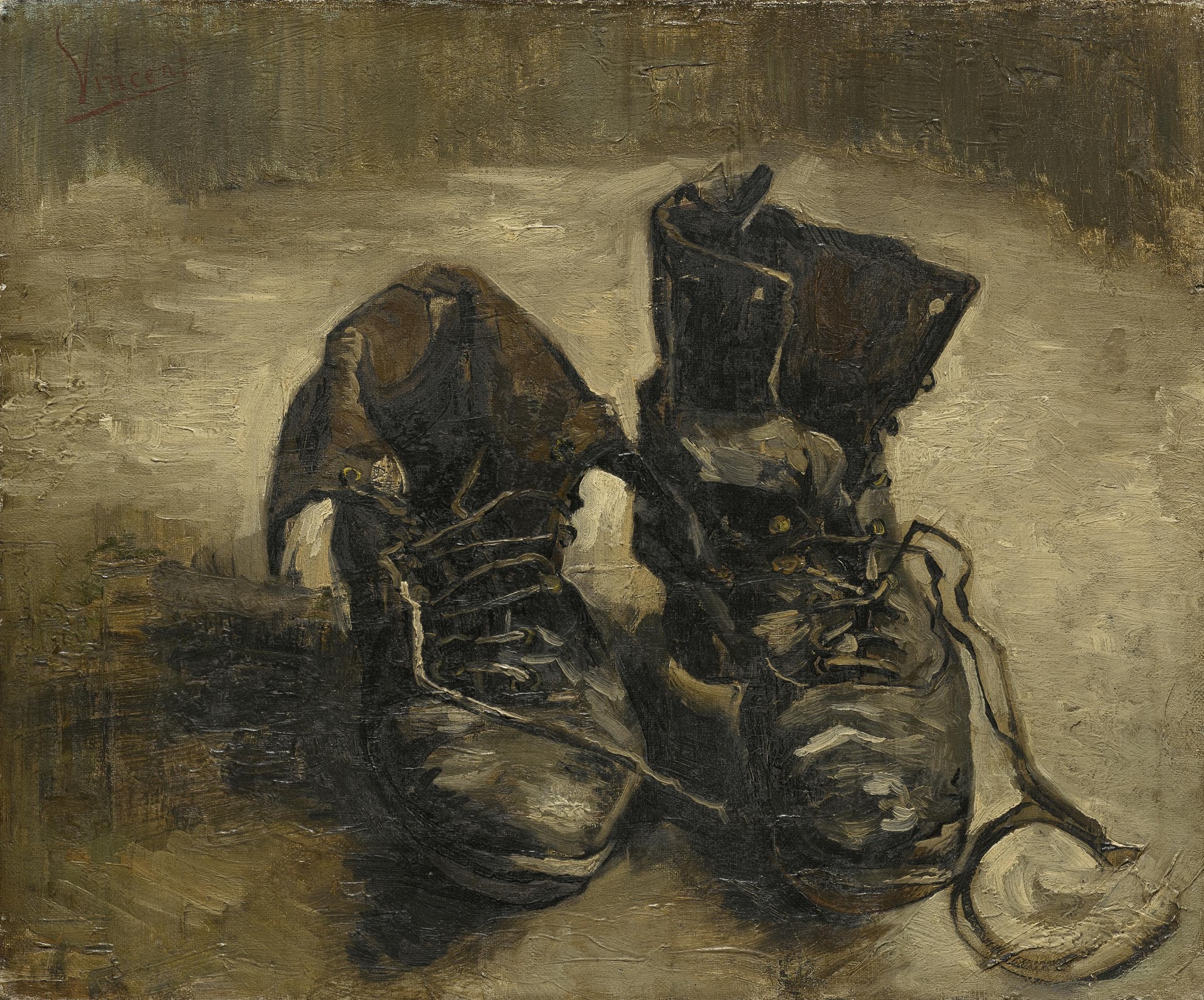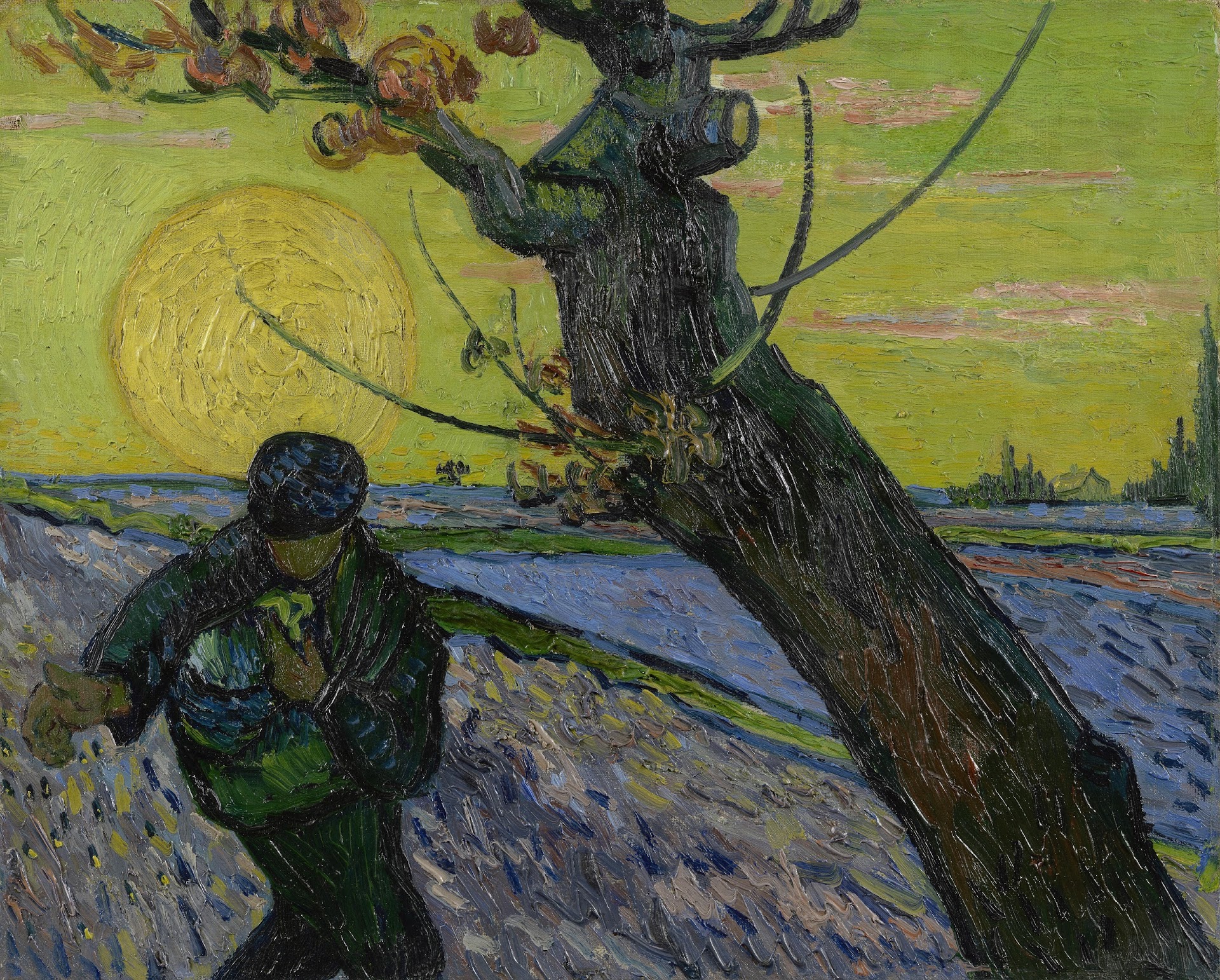It’s a well known fact that anyone who’s quitting smoking will need to find something to occupy their hands.
Many experts suggest holding a pencil or another vaguely-cigarette-shaped object.
Others prescribe busy work—cracking nuts and peeling oranges.
Hardcore cases are advised to keep those paws busy with a hobby such as painting or woodworking.
But from where we sit, the most spiritually rewarding, symbolic activity for someone in this tender situation would be creating a tiny artwork prototype to sell in an Art-o-Mat®, one of over 100 vintage cigarette vending machines specifically repurposed to dispense art.
Located primarily in the US, the machines are the brainchild of artist Clark Whittington, who loaded the first one with black & white, block-mounted photos for a 1997 solo show in a Winston-Salem cafe.
These days, there are a hundred or so Art-o-Mats, stocked with the work of artists both professional and amateur, who have successfully navigated the submission process.
A variety of mediums is represented—painting, sculpture, fine art prints, jewelry, assemblages, cut paper, and tiny bound books.
Worthington encourages would-be participants to avoid the ease of mass production in favor of unique items that bear evidence of the human hand:
The vending process is only the beginning of your Art-o-Mat® art. Once purchased and two steps away from the machine, your work is solely a reflection of you and your art. Many pieces have been carried around the globe. So, think of approaches that do not convey “a Sunday afternoon at the copy shop” and consider ways that your art will be appreciated for years to come.
The guidelines are understandably strict with regard to dimensions. Wouldn’t want to kill the blind box thrill by jamming a vintage vending machine’s inner workings.
Edibles, magnets, balloons, glitter, confetti, and anything processed alongside peanuts are verboten materials.
A certain popular decoupage medium is another no-no, as it adheres to the mandated protective wrap.
And just as cigarettes carry sternly worded warnings from the Surgeon General, artists are advised to include a label if their submission could be considered unsuitable for underage collectors.
If you need a hand to walk you through the process, have a look at crafter Shannon Greene’s video, above.
Greene became enthralled with the Art-o-Mat experience on a heavily documented trip to Las Vegas, when she put $5 in the Cosmopolitan Hotel’s machine, and received a box of string and painted canvas scrap bookmarks created by Kelsey Huckaby.
(Witness artist Huckaby treating herself to one of her own creations from an Austin, Texas Art-o-Mat on her birthday, below, to see a machine in action. Particularly recommended for those who came of age after these once-standard fixtures were banned from the lobbies of bars and diners.)
Other repurposed machines in the Art-o-Mat stable include the zippy red number in Ocala, Florida’s Appleton Museum of Art, a cool blue customer residing in Stanford University’s Lantana House, and a 6‑knob model that periodically pops up in various arts-friendly New York City venues.
As the jolly and self-deprecating crafter Greene observes, at $5 a “yank,” no one is getting rich off this project, though the artists get 50% of the proceeds.
It’s also worth noting that these original artworks cost less than a pack of cigarettes in all but six states.
We agree with Greene that the experience more than justifies the price. Whatever art one winds up with is but added value.
Greene does not regret the considerable labor that went into the 100 tiny journals covered in retired billboard vinyl she was required to crank out after her prototypes were greenlit.
To determine whether or not you’re prepared to do the time, have a peek at Katharine Miele’s labor-intensive process, below. Even though the artist’s contact information is included along with every Art-o-Mat surprise, there’s no guarantee that she’ll hear back from anyone who wound up with one of the geometric chair linocuts she spent a week making.
Other Art-o-Mat artists, like Susan Rossiter, have figured out how to play by the rules while also realizing a bit of return beyond the Pippi Longstocking-like satisfaction of creating a nifty experience for random strangers. The machines are stocked with originals of her tiny multi-media chicken portraits, and she sells prints on her website.
Or perhaps, you, like mononymous physicist Colleen, find a meditative pleasure in the act of creation. To date, she’s painted 1150 cigarette-pack-sized blocks for inclusion in the machines.
Still game? Get started with an Art-o-Mat prototype kit for $19.99 here.
(As Greene joyfully points out, it comes with such goodies as a little journal, a pencil, and an official Art-o-Mat eraser.)
Take inspiration — or dream about what $5 might get you — in the collector’s show and tell, above.
Feeling flush and far from the nearest Art-o-Mat location? Support the project by dropping a Benjamin on an Art-o-Carton containing 10 tiny artworks, custom selected in response to a short, personality-based questionnaire.
Related Content:
A Vending Machine Now Distributes Free Short Stories at Francis Ford Coppola’s Café Zoetrope
Haruki Murakami Novels Sold in Polish Vending Machines
Support “Green Reads,” a Program That Finances Libraries by Distributing Used Books in Eco-Friendly Vending Machines
Ayun Halliday is an author, illustrator, theater maker and Chief Primatologist of the East Village Inky zine. Follow her @AyunHalliday.












